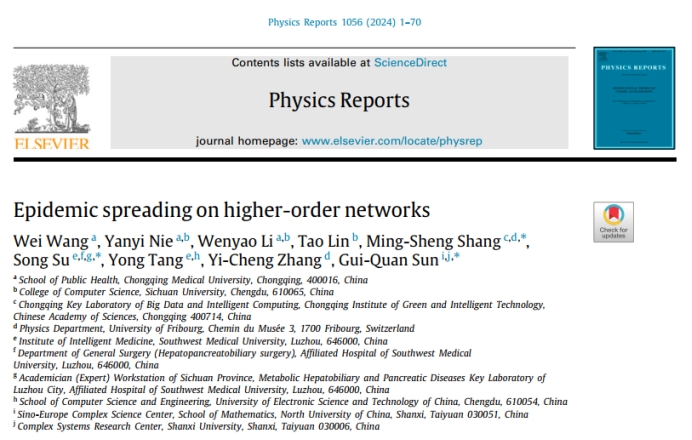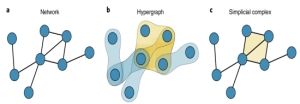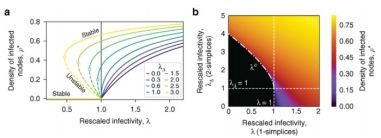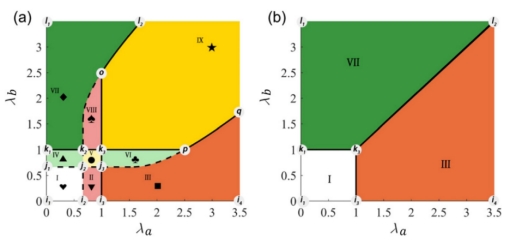Recently, Prof. WANG Wei from college of Public Health of CQMU, in collaboration with researcher Dr. SHANG Mingsheng from Chinese Academy of Sciences (CAS) and other scholars, published a long review paper entitled "Epidemic spreading on higher-order networks" in Physics Reports.

The paper focuses on several challenges facing public health that need to be addressed urgently. Chief amongst these challenges are, revealing the transmission pattern of epidemics such as SARS, Ebola virus, COVID-19, predicting their development trend, as well as proposing effective preventative and control measures. In a real social system, there is not only a contact relationship between two individuals, but also a simultaneous role of multiple individuals (e.g., getting together, taking public transportation and subway, etc.), which can easily lead to the super-spread of epidemics, and needs to be portrayed by a higher-order network.
This study divides epidemic transmission into two categories: single epidemic transmission and multiple epidemic co-evolutionary transmission. Furthermore it details corresponding mathematical models, theoretical approaches, critical phenomena, phase transitions, transmission mechanisms and impacts, and discusses the challenges facing the field and raises questions for future research. For single epidemic transmission, the point-to-point infection rate is the decisive factor in determining the outbreak threshold and the extent of infection, and the system exhibits a simple phase transition process.

Schematic Representation of Higher-Order Networks

Phase Diagram of Individual Epidemic Spreading on Higher-Order Networks

Phase Diagram of Competing Epidemiological Transmission on Higher-Order Networks
Physics Reports is one of the most influential journals in the physical sciences and cross-cutting sciences. It publishes review papers in all research directions in the relevant fields. The editors of the journal invite leading teams with outstanding contributions in their fields to contribute, with the aim of summarizing and reviewing current research hotspots, leading and foreseeing the future development of the related fields.
Link to full article:
https://www.sciencedirect.com/science/article/pii/S0370157324000176?dgcid=author